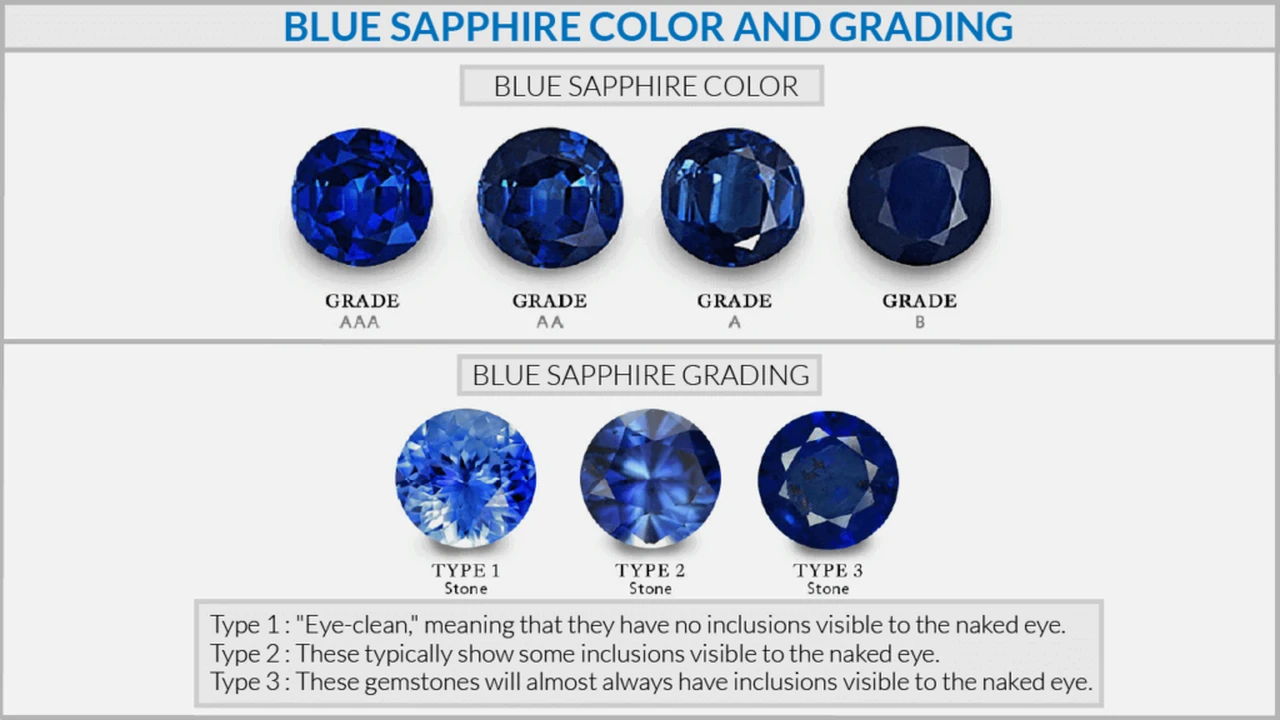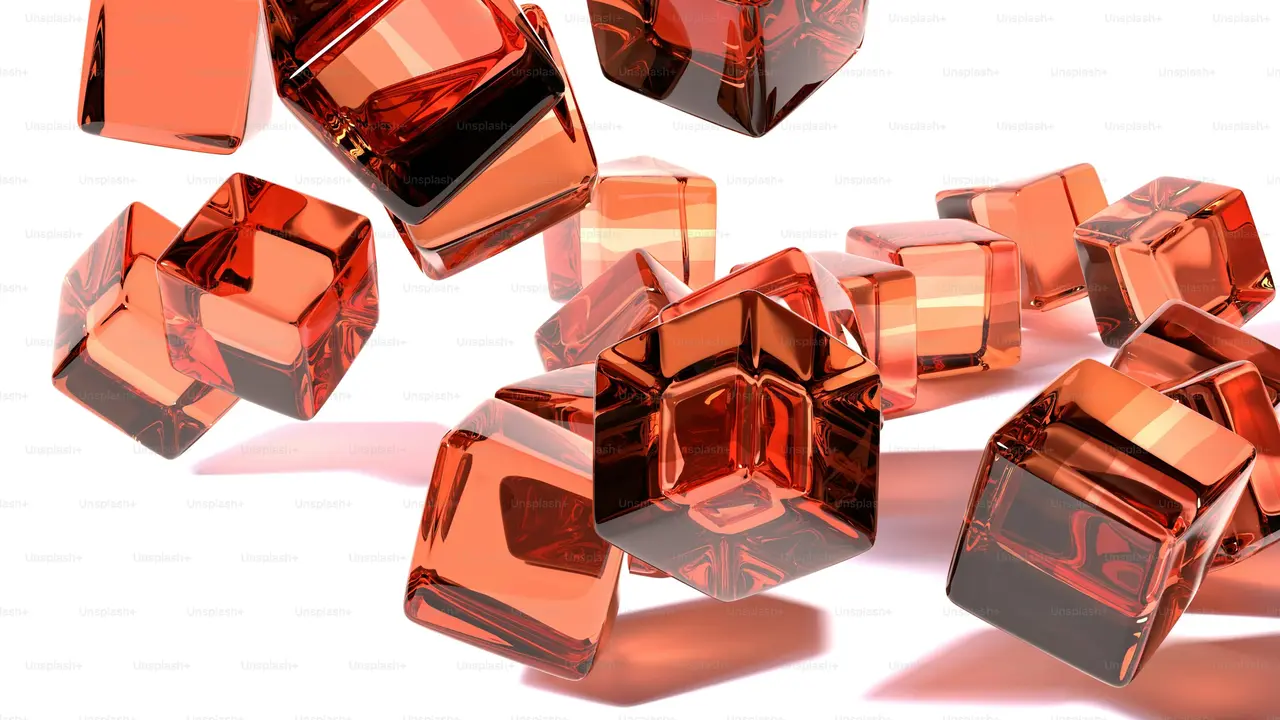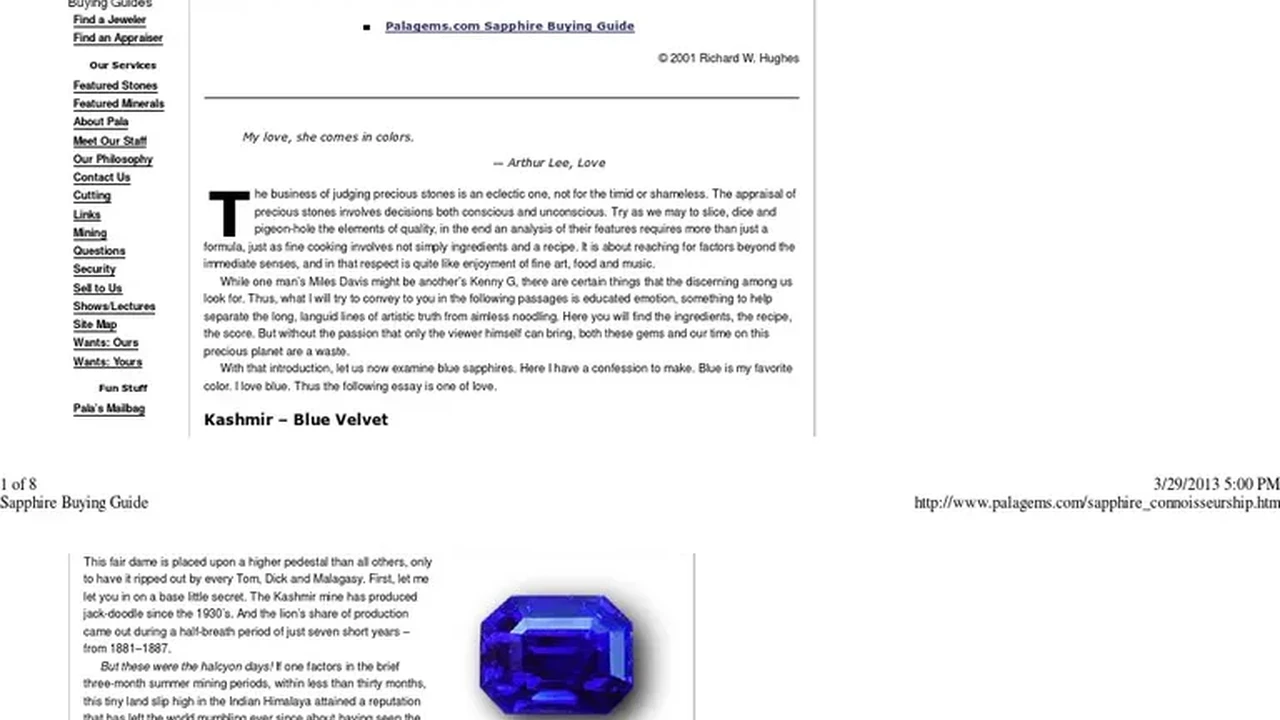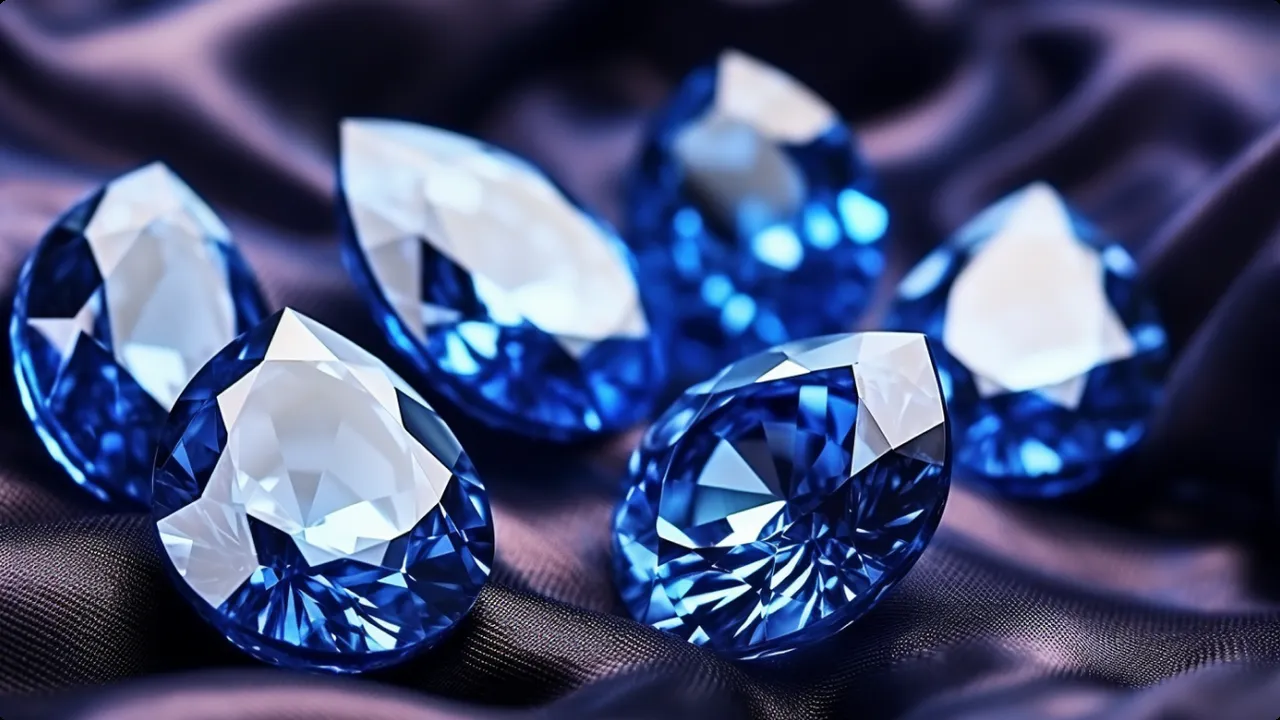Gemstone Grading Systems Understanding the Basics
Gemstone Grading Systems Understanding the Basics
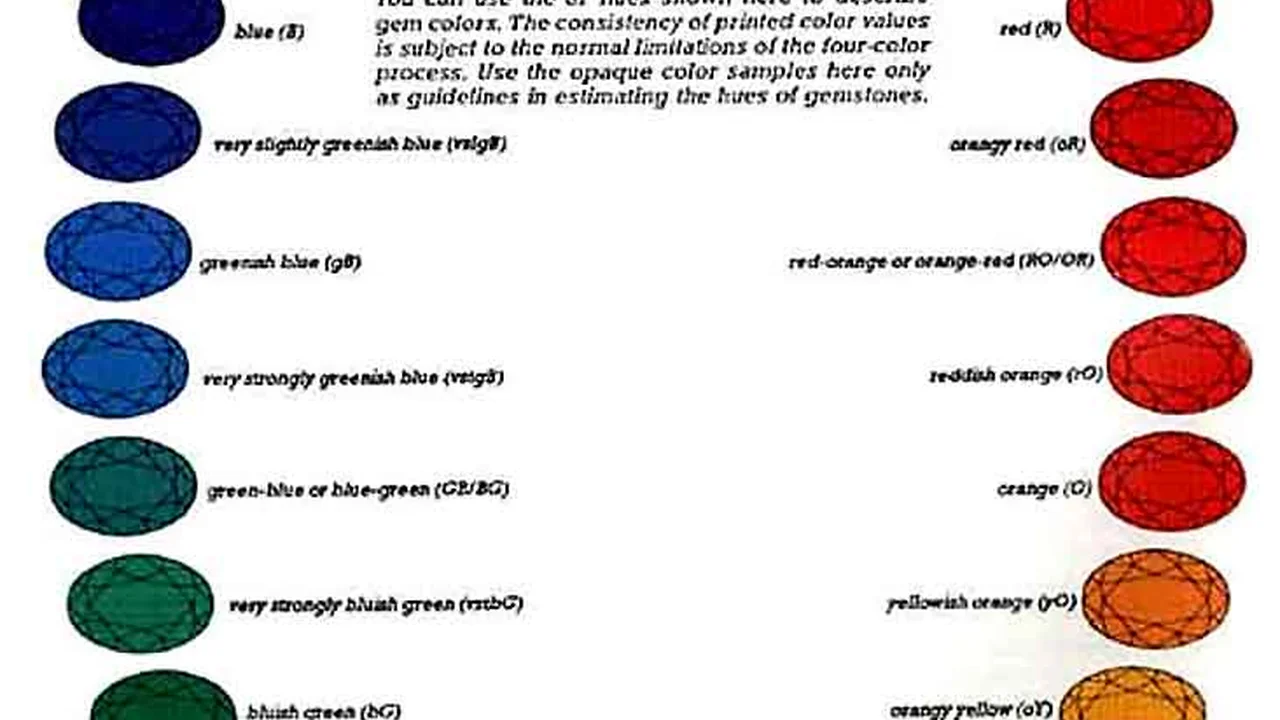
Why Gemstone Grading Matters for Investment
Okay, so you're thinking about diving into the world of colored gemstone investment? Awesome! But before you start throwing your money around, you NEED to understand gemstone grading. Think of it like this: you wouldn't buy a car without knowing its mileage and condition, right? Same goes for sapphires, emeralds, and rubies. Gemstone grading is the language experts use to describe a gem's quality, and it's your key to making informed, profitable decisions. This isn't just about fancy terms; it's about understanding what you're paying for and avoiding getting ripped off. A good grading report can be the difference between a smart investment and a costly mistake. We'll break down the essential grading systems, what they mean, and how to use them to your advantage. Forget the jargon, we're keeping it real and practical!
The 4Cs of Gemstone Grading Color Clarity Cut Carat
Let's start with the basics, the 4Cs. You've probably heard of them in relation to diamonds, but they apply to colored gemstones too, albeit with some nuances. These are the foundational elements that determine a gemstone's quality and, ultimately, its value.
Color - The King of Colored Gemstones
Color is arguably the most important factor for colored gemstones. It's what catches the eye and makes a gem truly special. When we talk about color, we're looking at three key aspects: hue, saturation, and tone.
- Hue: This is the gem's basic color – is it a blue sapphire, a green emerald, or a red ruby? The most desirable hues are usually those that are pure and vibrant. For example, a 'cornflower blue' sapphire is highly prized.
- Saturation: This refers to the intensity of the color. Is it rich and vivid, or dull and muted? The more saturated the color, the more valuable the gem. Think of it like comparing a vibrant painting to a faded one.
- Tone: This describes how light or dark the color is. Is it a light pastel shade or a deep, intense hue? The ideal tone depends on the specific gemstone, but generally, medium to medium-dark tones are preferred.
Example: A top-quality Burmese ruby will have a vivid 'pigeon's blood' red hue, with strong saturation and a medium-dark tone. This combination makes it incredibly valuable.
Clarity - Spotting Imperfections in Gemstones
Clarity refers to the presence of inclusions (internal flaws) and blemishes (surface imperfections) in a gemstone. While perfect clarity is rare in colored gemstones (unlike diamonds), the fewer inclusions, the better. However, some inclusions can actually enhance a gem's character and even increase its value (more on that later!).
- Types of Inclusions: These can include feathers (tiny fractures), crystals (other minerals trapped inside), and gas bubbles.
- Impact on Value: Inclusions that significantly affect the gem's brilliance or durability will decrease its value. However, some inclusions, like horsetail inclusions in demantoid garnets, are highly desirable and can increase the gem's value.
- Clarity Grading Scales: Different labs use different scales, but generally, they range from flawless (FL) to heavily included (I).
Example: An emerald with numerous inclusions that make it appear cloudy will be less valuable than an emerald with fewer, less noticeable inclusions.
Cut - Unleashing the Gem's Brilliance
The cut of a gemstone refers to its shape, proportions, and finish. A well-cut gem will maximize its brilliance, fire (dispersion of light), and scintillation (sparkle). A poorly cut gem will appear dull and lifeless, even if it has excellent color and clarity.
- Proportions: The angles and ratios of the gem's facets (the flat surfaces) are crucial for optimal light performance.
- Symmetry: The facets should be evenly spaced and symmetrical.
- Polish: The surfaces of the facets should be smooth and highly polished to maximize light reflection.
Example: A sapphire that is cut too deep or too shallow will not reflect light properly and will appear less brilliant than a well-cut sapphire.
Carat - Measuring Gemstone Size
Carat refers to the weight of a gemstone, not its size. One carat is equal to 0.2 grams. Larger gemstones are generally more valuable, but the price per carat increases exponentially as the size increases. This means that a 2-carat ruby will be worth significantly more than two 1-carat rubies of the same quality.
Important Note: Don't focus solely on carat weight. A large, low-quality gemstone will be less valuable than a smaller, high-quality gemstone.
Popular Gemstone Grading Systems GIA, AGL, and More
Several gemological labs provide gemstone grading services. The most reputable labs include:
- GIA (Gemological Institute of America): GIA is the gold standard in gem grading. Their reports are highly respected and widely recognized. They provide comprehensive grading reports for diamonds and colored gemstones.
- AGL (American Gemological Laboratories): AGL is another highly respected lab, known for its expertise in colored gemstones. They provide detailed origin reports, which can significantly impact a gem's value.
- Gübelin Gem Lab: Gübelin is a Swiss lab renowned for its expertise in colored gemstones, particularly rubies, sapphires, and emeralds. Their reports are highly sought after.
- SSEF (Swiss Gemmological Institute): Similar to Gübelin, SSEF is another respected Swiss lab that specializes in colored gemstones.
Why Use a Reputable Lab? A grading report from a reputable lab provides an unbiased assessment of a gemstone's quality. This helps you make informed decisions and ensures that you're paying a fair price. It also provides authentication of the gemstone's origin and any treatments it may have undergone.
Understanding Different Grading Reports Sample Products and Pricing
Let's look at some examples of how these grading systems are applied in real-world scenarios and what kind of products you might encounter.
Example 1: GIA Certified Sapphire Pendant
Product: 1.50 Carat Oval Blue Sapphire Pendant in 14K White Gold
Grading Report: GIA Colored Stone Identification Report
Report Details:
- Gem Type: Natural Sapphire
- Color: Blue (Medium-Dark, Moderately Strong Saturation)
- Clarity: Slightly Included (SI)
- Cut: Good
- Carat Weight: 1.50 Carats
- Treatment: Heated (Commonly Accepted Treatment)
Setting/Usage: This pendant is perfect for everyday wear or special occasions. The classic design and vibrant blue color make it a versatile piece that can be dressed up or down.
Price Range: $1,800 - $2,500 (depending on the vendor and metal quality)
Comparison: A similar pendant without a GIA report might sell for less, but you wouldn't have the assurance of its quality and authenticity. A sapphire with a higher clarity grade (e.g., VS) would command a higher price.
Example 2: AGL Certified Emerald Ring
Product: 2.0 Carat Emerald Ring in Platinum with Diamond Accents
Grading Report: AGL Gemstone Origin Report
Report Details:
- Gem Type: Natural Emerald
- Origin: Colombian (Highly Desirable Origin)
- Color: Green (Vivid, Medium Tone)
- Clarity: Moderately Included (MI) - Typical for Emeralds
- Cut: Emerald Cut (Well-Proportioned)
- Carat Weight: 2.0 Carats
- Treatment: Minor Clarity Enhancement (Commonly Accepted Treatment)
Setting/Usage: This ring is a statement piece, ideal for formal events or as an heirloom. The platinum setting and diamond accents enhance the emerald's beauty.
Price Range: $8,000 - $12,000 (due to the Colombian origin and size)
Comparison: An emerald from a less desirable origin (e.g., Zambia) or with a lower color grade would be significantly less expensive. The AGL report confirming the Colombian origin adds significant value.
Example 3: Uncertified Ruby Earrings
Product: 0.75 Carat Each Ruby Stud Earrings in 18K Yellow Gold
Grading Report: None (Uncertified)
Report Details (Based on Visual Inspection):
- Gem Type: Natural Ruby (Likely Heat Treated)
- Color: Red (Medium, Slightly Purplish Hue)
- Clarity: Included (I)
- Cut: Round Brilliant Cut (Decent)
- Carat Weight: 0.75 Carats Each (1.50 Carats Total)
Setting/Usage: These earrings are suitable for everyday wear. The simple stud design makes them a classic and affordable option.
Price Range: $500 - $800
Comparison: These are a good entry-level option for someone who wants to own ruby jewelry without a significant investment. However, without a grading report, it's difficult to assess their true value and potential for appreciation. A certified pair of rubies with better color and clarity would cost significantly more.
Treatments and Enhancements Understanding What's Common
It's important to understand that many colored gemstones undergo treatments to enhance their color or clarity. These treatments are generally accepted in the industry, but they must be disclosed. Common treatments include:
- Heat Treatment: Used to improve the color and clarity of sapphires and rubies. This is a very common and generally accepted treatment.
- Oil Treatment: Used to fill surface-reaching fractures in emeralds. This is also a common treatment, but the stability of the oil can be a concern.
- Irradiation: Used to enhance the color of certain gemstones, such as blue topaz.
- Dyeing: Used to artificially color gemstones. This is generally considered less desirable than other treatments.
Why Disclosure Matters: Knowing whether a gemstone has been treated is crucial for assessing its value and potential for appreciation. Treated gemstones are generally less valuable than untreated gemstones of the same quality. A reputable grading report will always disclose any treatments that have been detected.
Tips for Using Grading Reports to Your Advantage
So, how do you actually use all this information to make smart investment decisions?
- Always Ask for a Grading Report: Before you buy any gemstone, ask for a grading report from a reputable lab.
- Understand the Grading Scale: Familiarize yourself with the grading scales used by different labs.
- Focus on the 4Cs: Pay attention to the 4Cs, but prioritize color and clarity for colored gemstones.
- Consider the Origin: The origin of a gemstone can significantly impact its value.
- Be Aware of Treatments: Understand the common treatments and how they affect a gemstone's value.
- Compare Prices: Compare prices from different vendors to ensure you're getting a fair deal.
- Consult with an Expert: If you're unsure about anything, consult with a reputable gemologist or appraiser.
Gemstone Investment A Long-Term Game
Investing in colored gemstones is a long-term game. Don't expect to get rich overnight. But with careful research, a solid understanding of gemstone grading, and a bit of patience, you can build a rewarding investment portfolio. Remember to focus on quality, rarity, and provenance. Good luck, and happy investing!
:max_bytes(150000):strip_icc()/277019-baked-pork-chops-with-cream-of-mushroom-soup-DDMFS-beauty-4x3-BG-7505-5762b731cf30447d9cbbbbbf387beafa.jpg)



